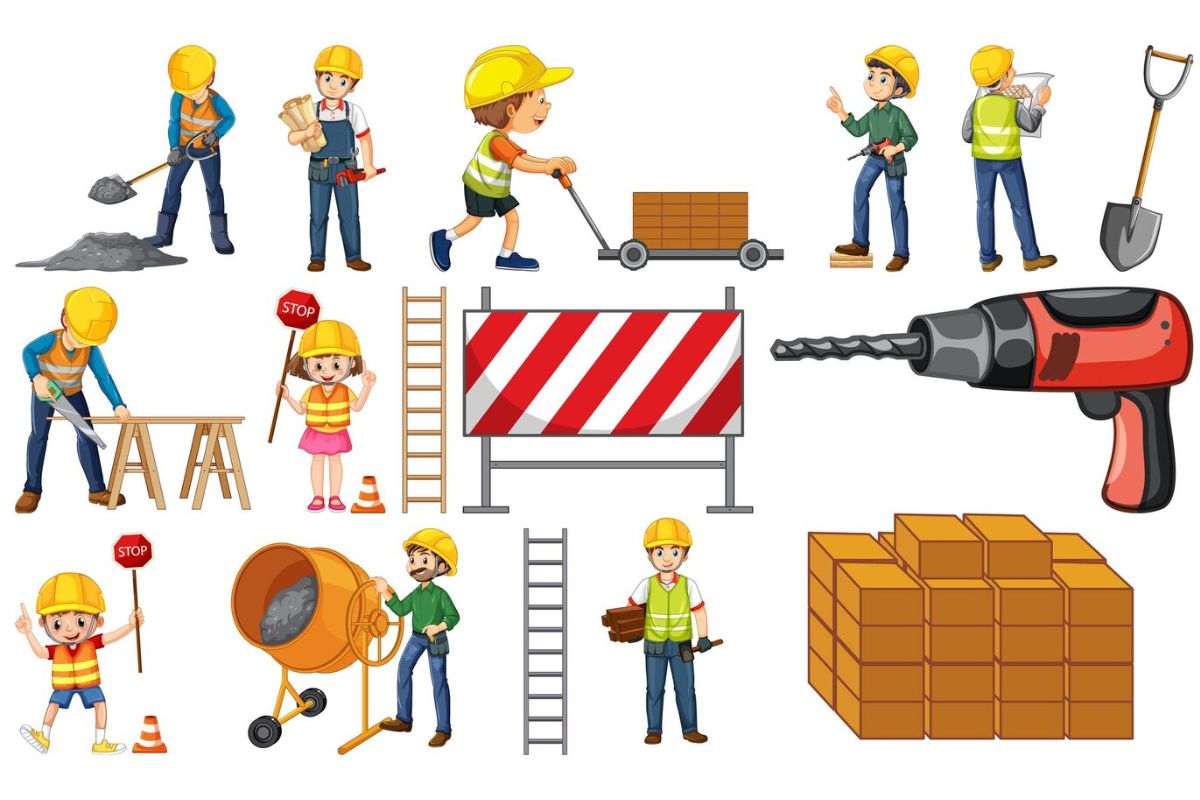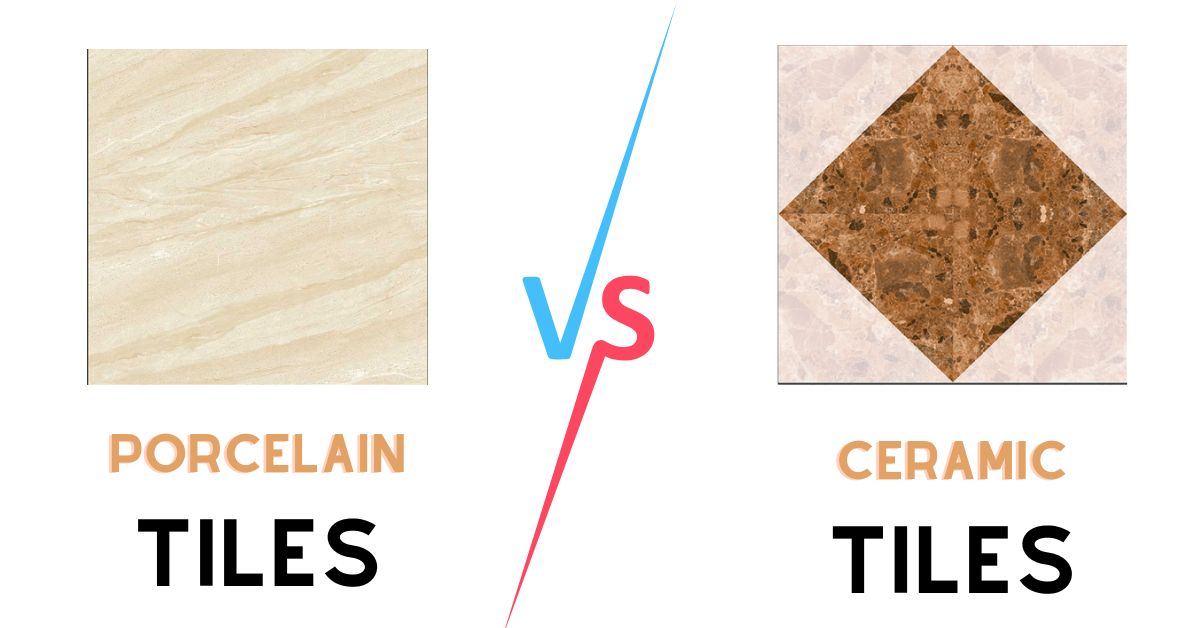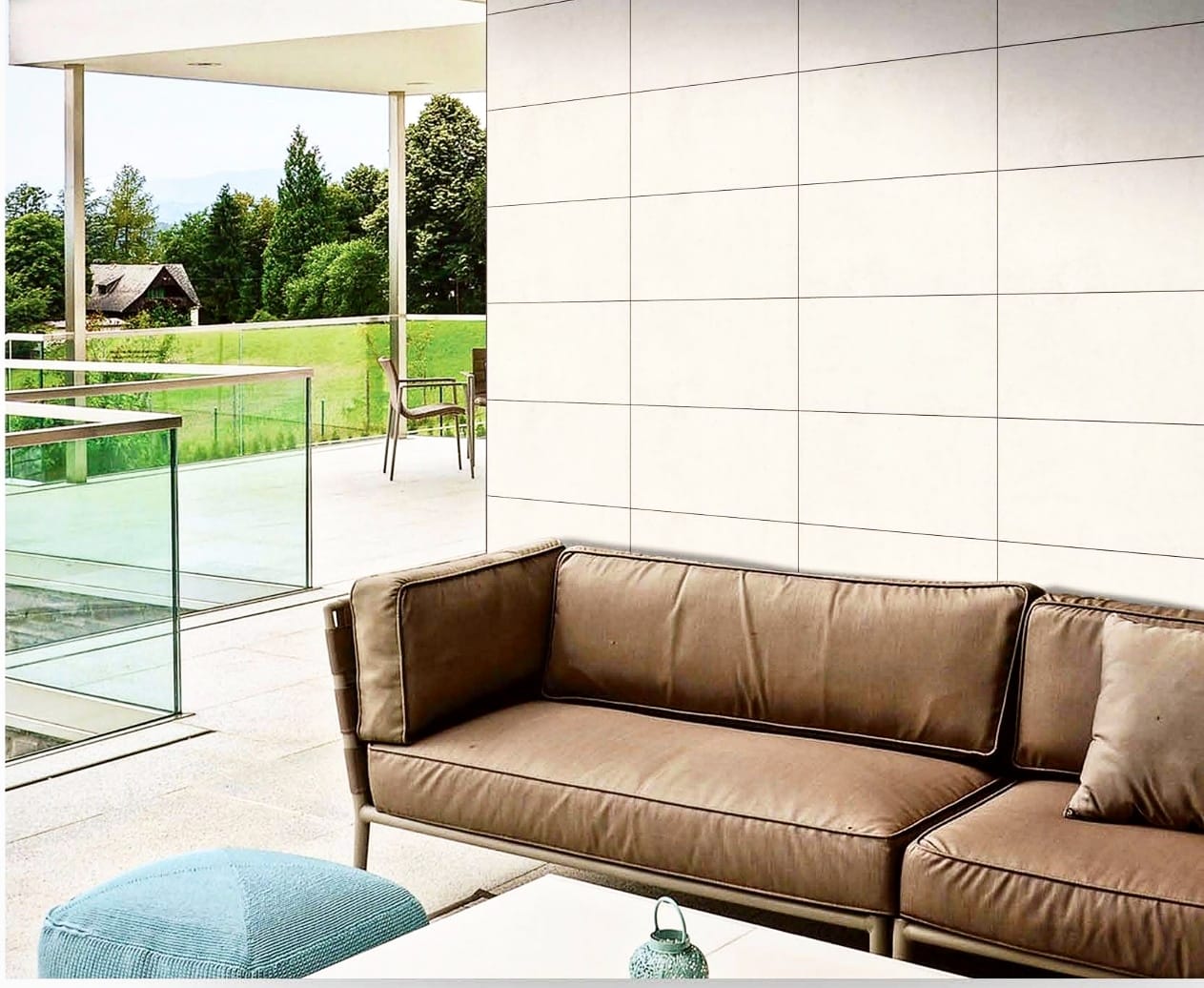Building materials play a crucial role in the construction industry, determining the strength, durability, and aesthetic appeal of structures. As technology advances and sustainability becomes a priority, the range of available building materials continues to expand. In this comprehensive guide, we will delve into various types of building materials, their properties, and their applications.
I. Traditional Building Materials:
1. Brick:
- Composition and Manufacturing Process: Bricks are typically composed of clay, shale, or concrete, molded and fired to achieve desired strength and durability.
- Strength and Durability: Bricks are renowned for their compressive strength and resistance to fire, making them a popular choice for various construction applications.
- Applications in Construction: From residential homes to industrial structures, bricks find extensive use due to their versatility and aesthetic appeal.
2. Concrete:
- Types of Concrete: Different mixtures, such as ready-mix, precast, and high-strength concrete, cater to diverse construction needs.
- Reinforcement Techniques: Reinforcing with steel bars enhances concrete's tensile strength, critical for withstanding various loads.
- Sustainable Practices in Concrete Production: Advances in concrete production focus on reducing carbon footprint, incorporating recycled materials, and exploring alternative binders.
3. Wood:
- Different Types of Wood: Hardwoods and softwoods offer distinct properties, influencing their applications in construction.
- Strength and Aesthetic Qualities: Wood's natural beauty, thermal insulation properties, and strength make it a timeless choice for both structural and decorative elements.
- Challenges and Solutions for Sustainable Wood Sourcing: Sustainable forestry practices and alternatives like engineered wood address concerns about deforestation.
II. Modern Building Materials:
4. Steel:
- Structural Advantages: High strength-to-weight ratio, ductility, and malleability make steel a preferred material for constructing large and complex structures.
- Corrosion Resistance: Protective coatings and alloys mitigate the impact of corrosion, ensuring steel structures' longevity.
- Applications in High-Rise Construction: Steel's ability to support heavy loads makes it indispensable in the construction of skyscrapers.
5. Glass:
- Types of Glass: From traditional float glass to specialized types like tempered and laminated glass, each serves unique purposes in construction.
- Energy Efficiency: Innovations in glass technology, such as low-emissivity coatings, contribute to improved energy efficiency in buildings.
- Innovative Architectural Uses: Glass facades, curtain walls, and skylights showcase the aesthetic versatility and transparency of glass in modern architecture.
6. Plastic and Composite Materials:
- Benefits and Challenges: Lightweight, durable, and corrosion-resistant, plastic and composite materials offer unique advantages but may pose challenges related to recycling and environmental impact.
- Eco-Friendly Alternatives: Biodegradable plastics and sustainable composite materials address environmental concerns.
- Applications in Construction: From pipes and insulation to structural components, plastics and composites play a crucial role in modern construction.
III. Sustainable Building Materials:
7. Bamboo:
- Rapid Growth and Harvesting: Bamboo's quick growth cycle and renewability make it a sustainable alternative to traditional hardwoods.
- Strength and Versatility: Despite its lightweight appearance, bamboo exhibits impressive tensile strength, making it suitable for various construction purposes.
- Sustainable Practices in Bamboo Construction: Harvesting methods and treatment processes contribute to sustainable bamboo use in construction.
8. Recycled Materials:
- Incorporating Recycled Metal, Glass, and Plastic: Reusing materials like recycled steel, glass, and plastic reduces the demand for new resources.
- Benefits for the Environment: Recycling minimizes waste, conserves energy, and lowers the environmental impact of construction.
- Challenges and Innovations: Overcoming logistical challenges and technological innovations in recycling contribute to the growing use of recycled materials in construction.
9. Green Roofs and Living Walls:
- Eco-Friendly Insulation: Green roofs provide natural insulation, reducing heating and cooling energy consumption.
- Biodiversity and Aesthetic Benefits: Green roofs and living walls enhance biodiversity, improve air quality, and add aesthetic value to urban environments.
- Implementation in Urban Planning: Integrating green roofs and living walls into urban planning promotes sustainability and mitigates the urban heat island effect.
IV. Emerging Trends and Technologies:
10. Nanotechnology in Construction: - Strength and Durability Enhancement: Nanomaterials, when incorporated into construction materials, can enhance strength, durability, and resistance to environmental factors. - Applications in Concrete and Coatings: Nano-sized particles in concrete and coatings contribute to improved performance and longevity. - Future Prospects: Ongoing research explores the potential of nanotechnology in addressing specific construction challenges and advancing materials science.
11. 3D Printing in Construction: - Advantages and Limitations: 3D printing allows for efficient and customizable construction but presents challenges related to scale, material selection, and regulatory considerations. - Examples of 3D-Printed Structures: Innovations showcase the construction of entire buildings using 3D printing technology. - Potential for Sustainable Construction: The ability to use recycled materials and optimize designs for material efficiency makes 3D printing a potential avenue for sustainable construction.
Conclusion:
In conclusion, the construction industry's future lies in the judicious selection of building materials that balance structural requirements with environmental sustainability. From traditional options like brick and wood to modern choices like steel, glass, and innovative materials, the diverse palette available to builders continues to expand. Embracing sustainable practices, recycling materials, and exploring cutting-edge technologies ensure that the construction industry plays a vital role in creating a resilient and environmentally conscious built environment.
Related Articles :


.jpg)





